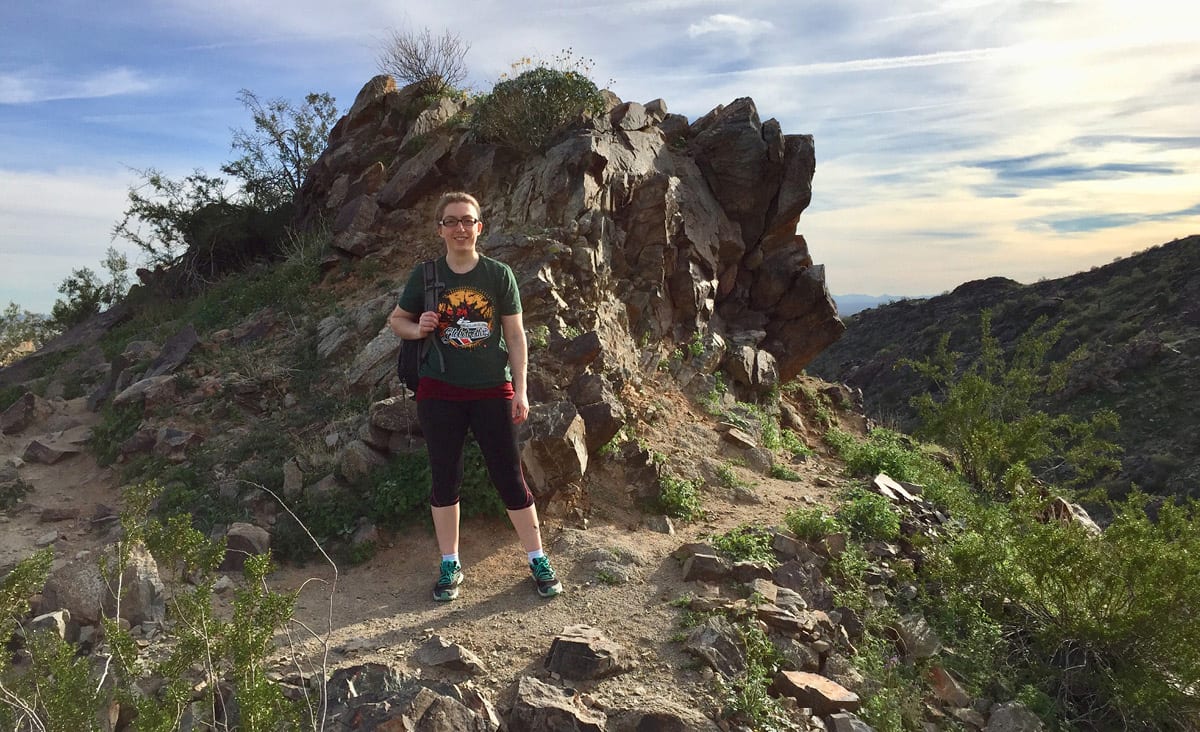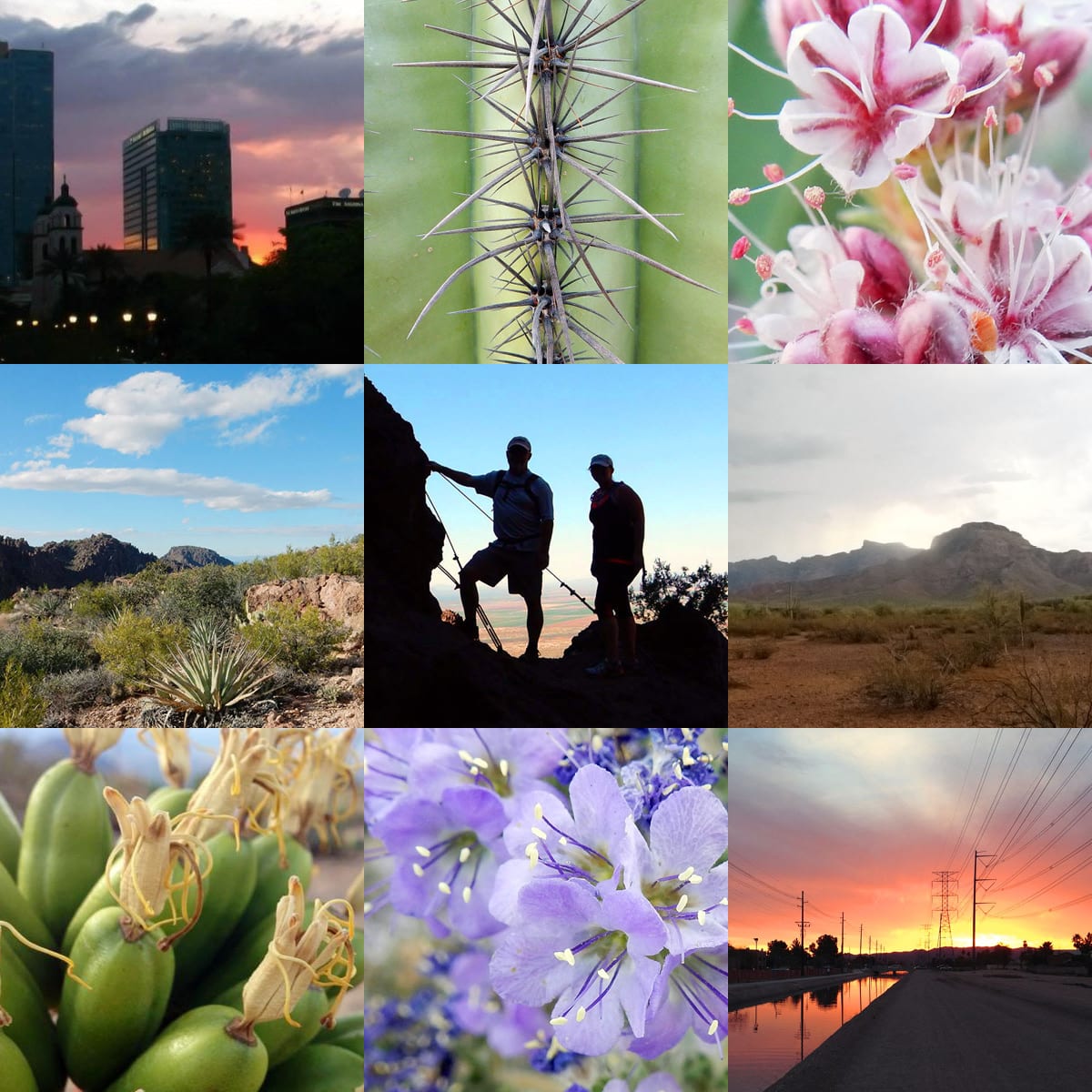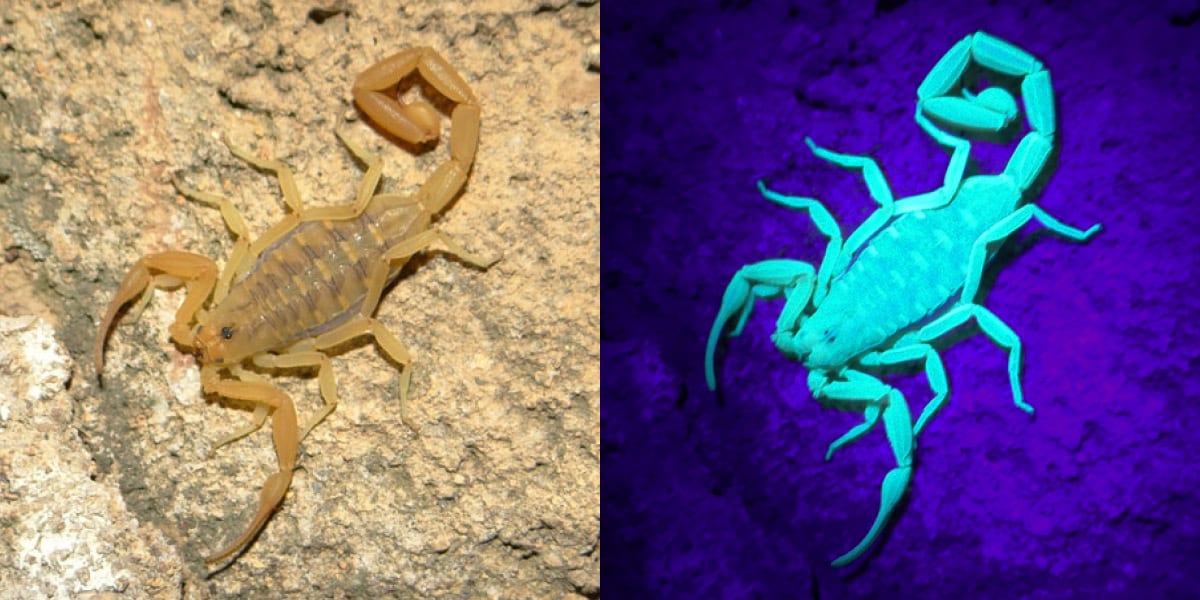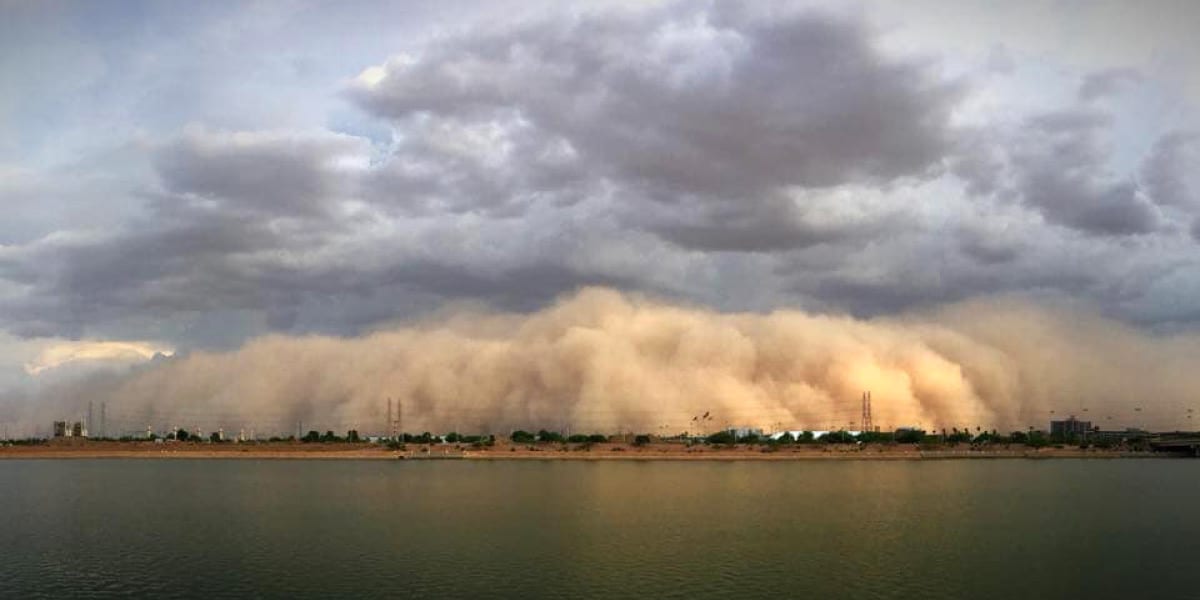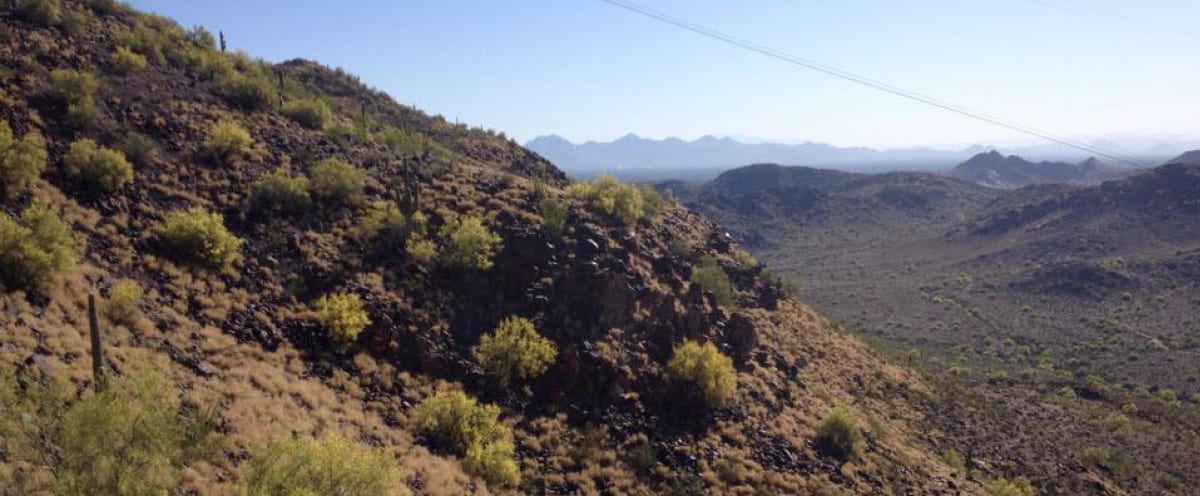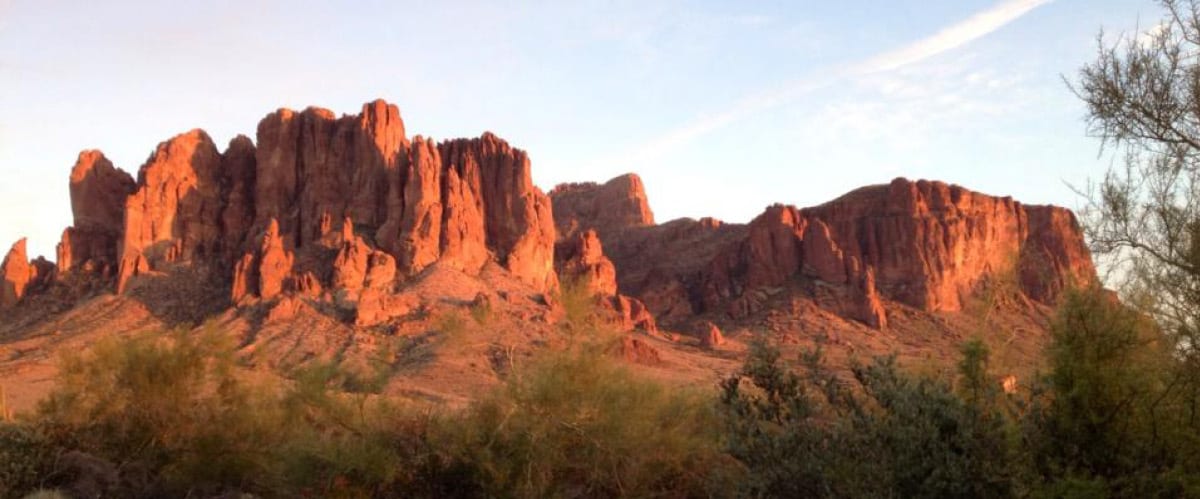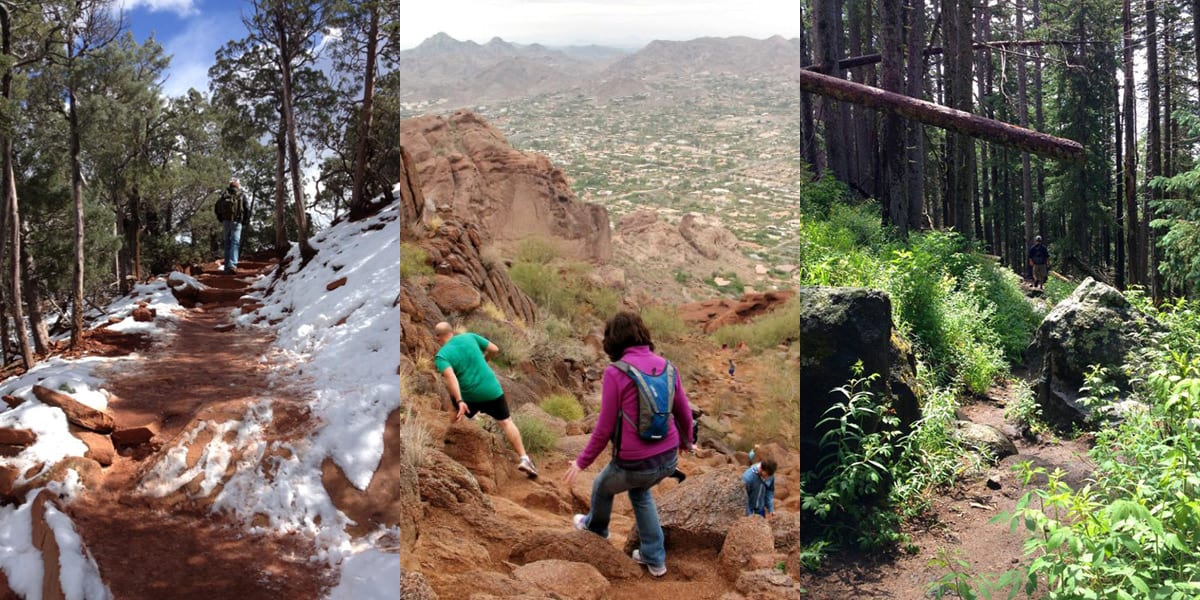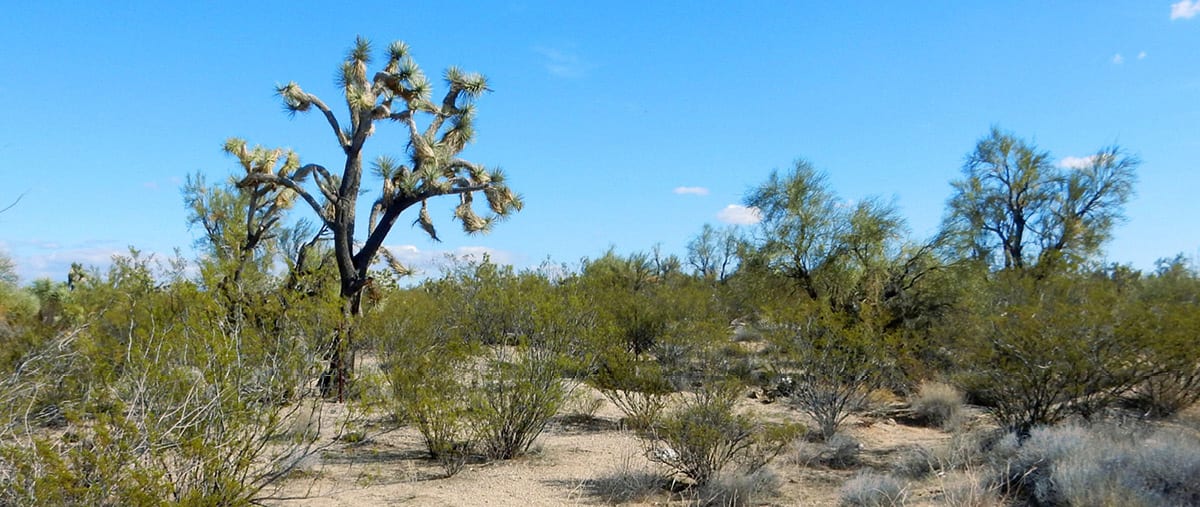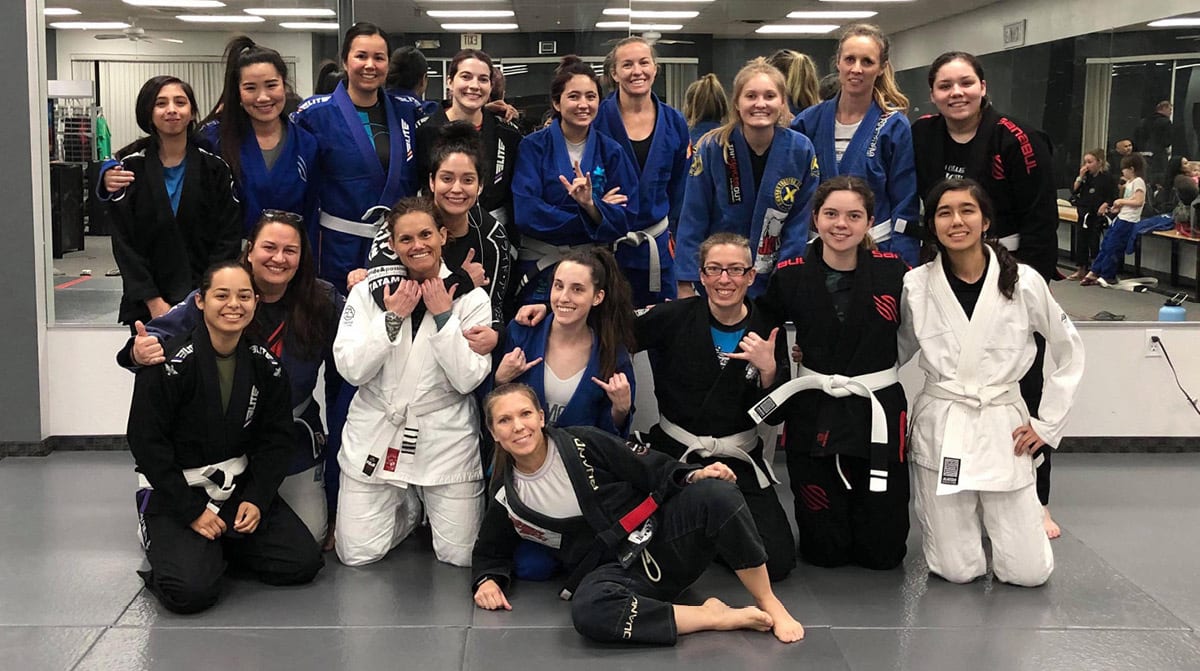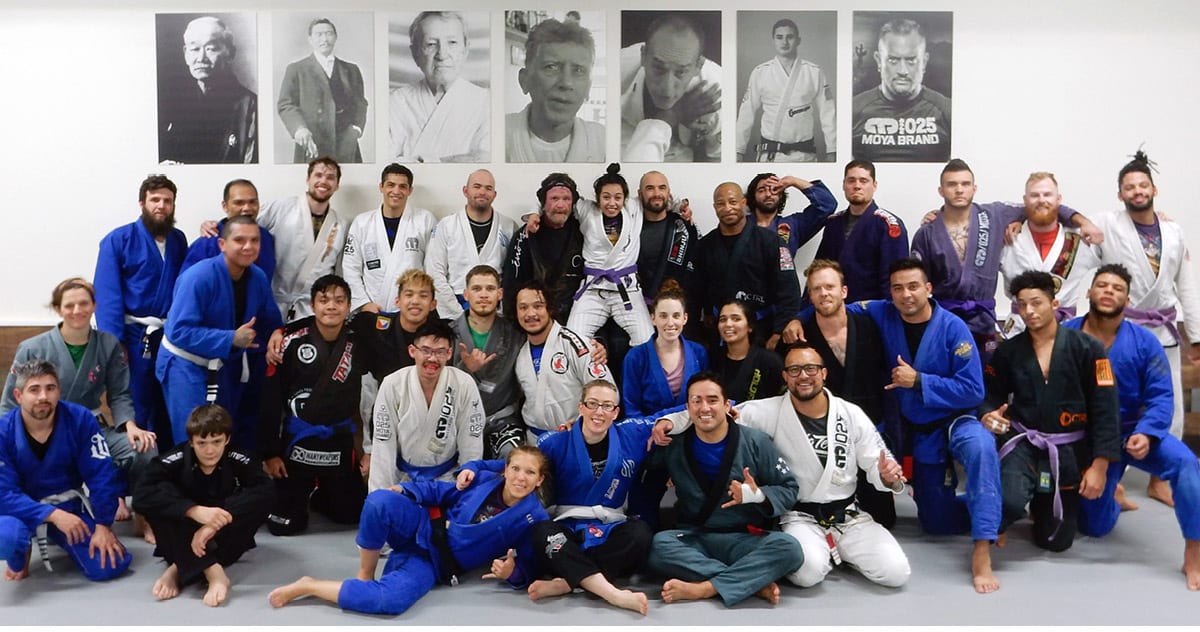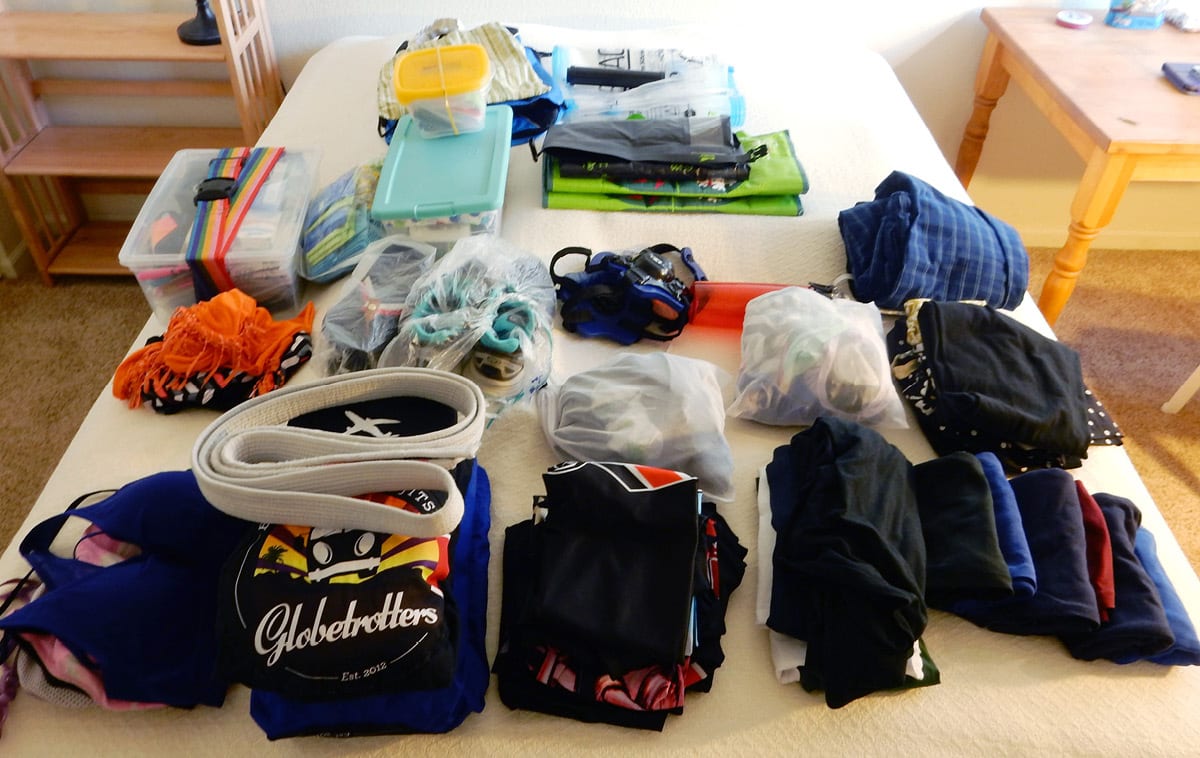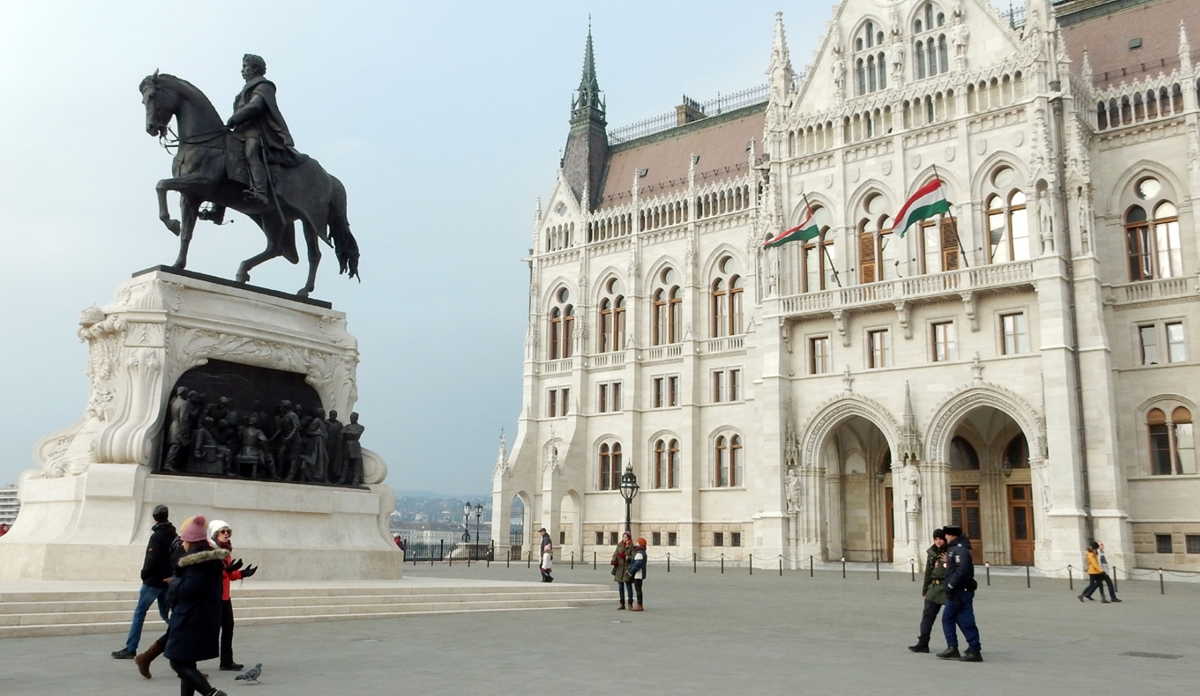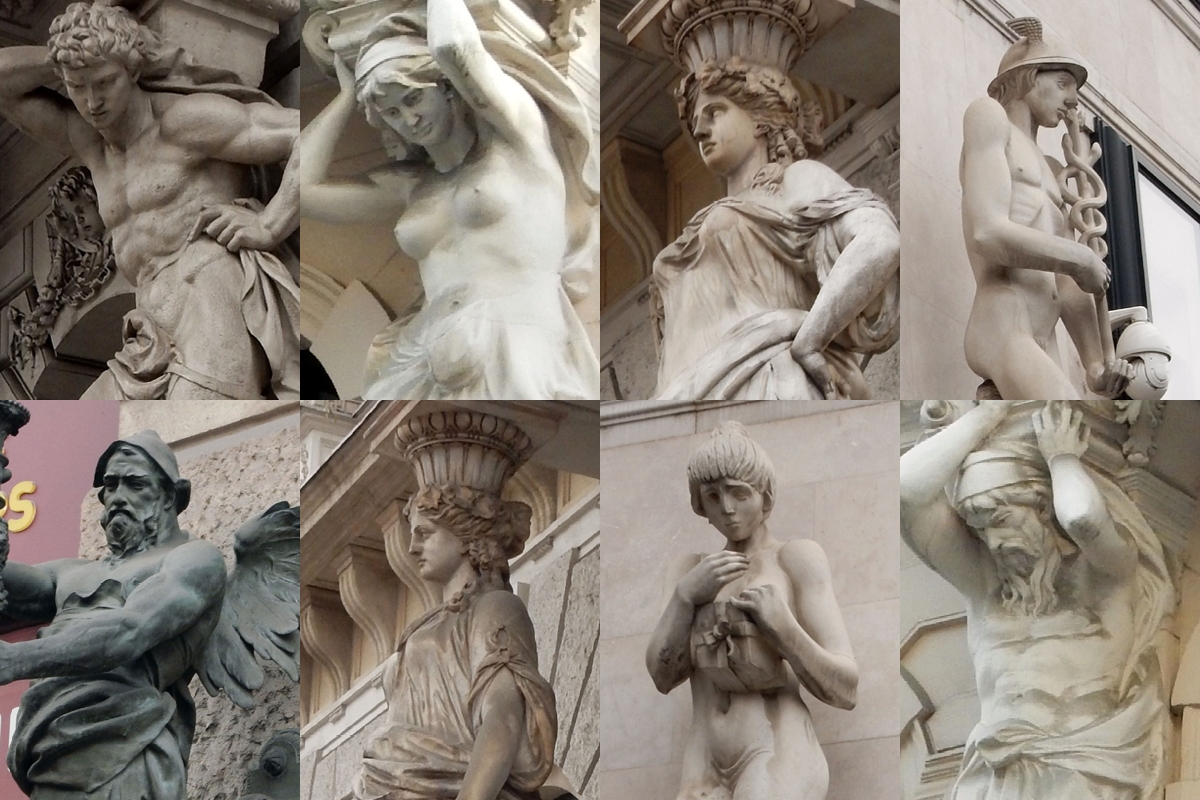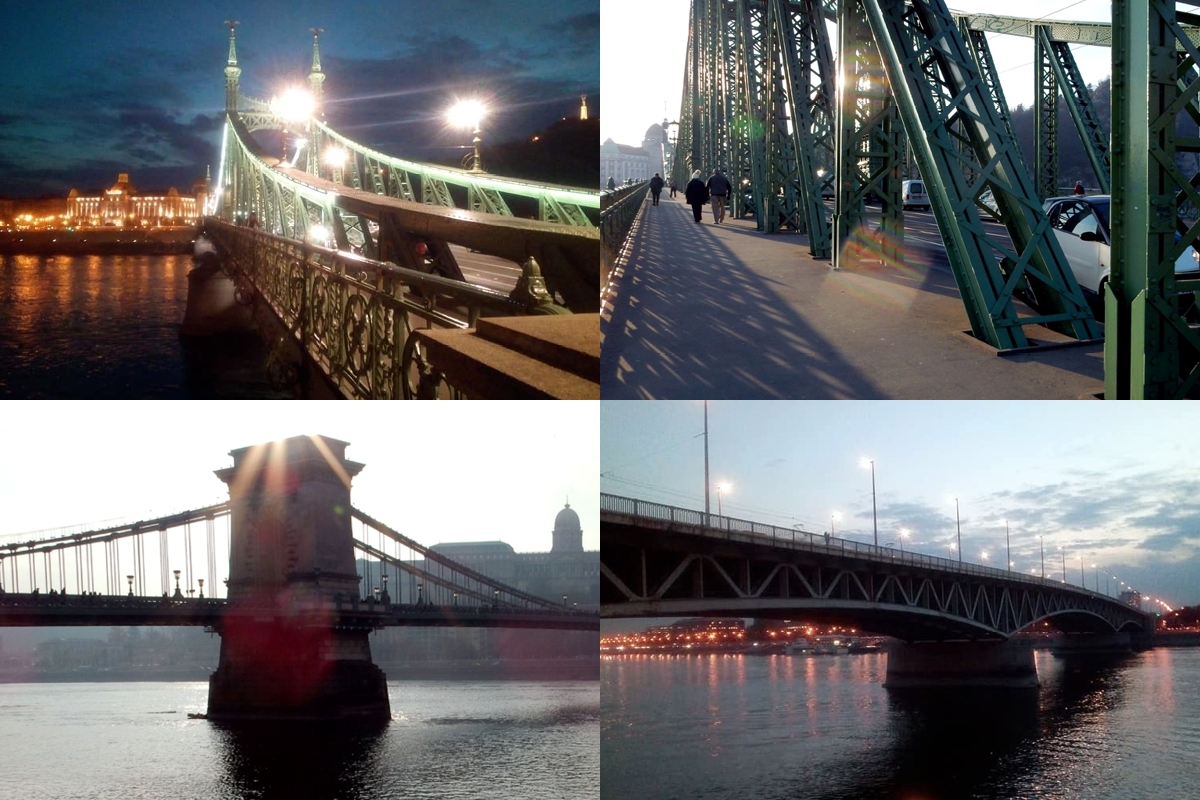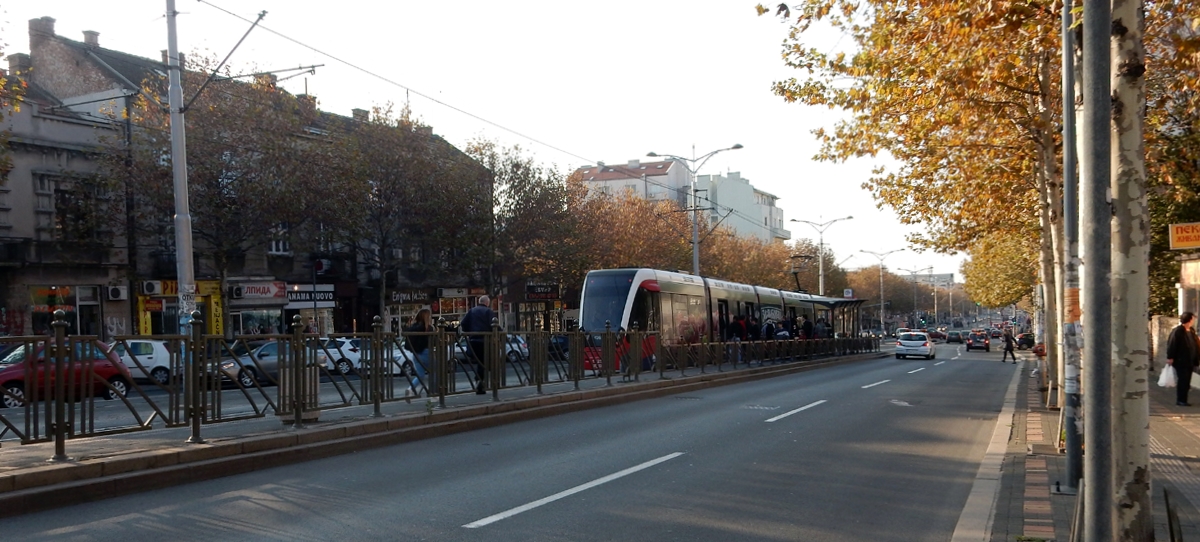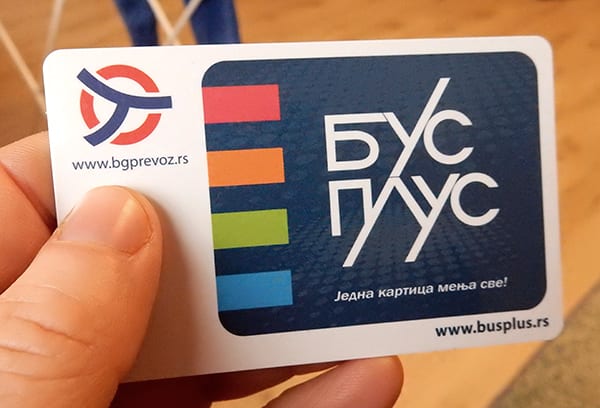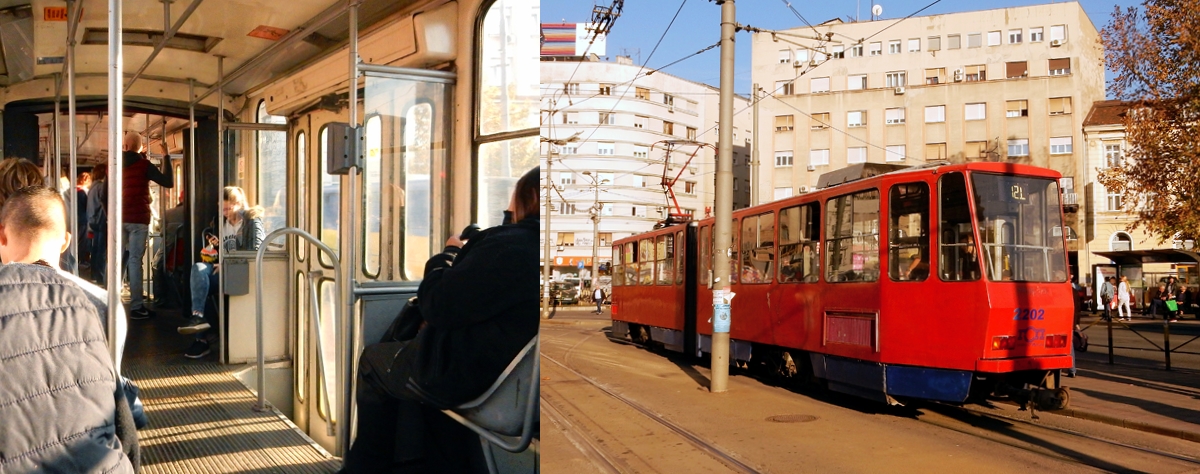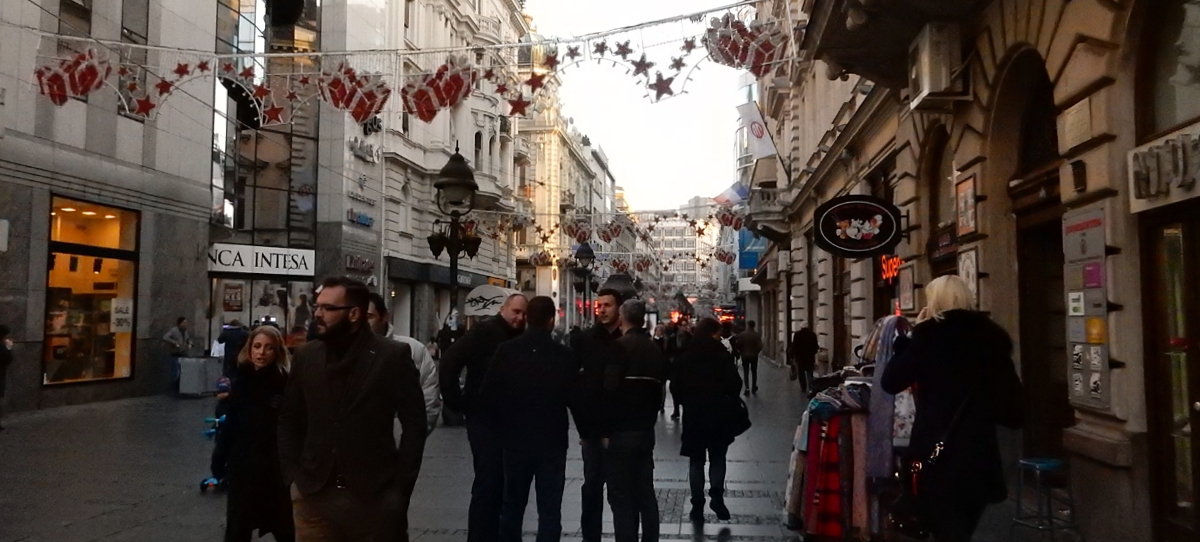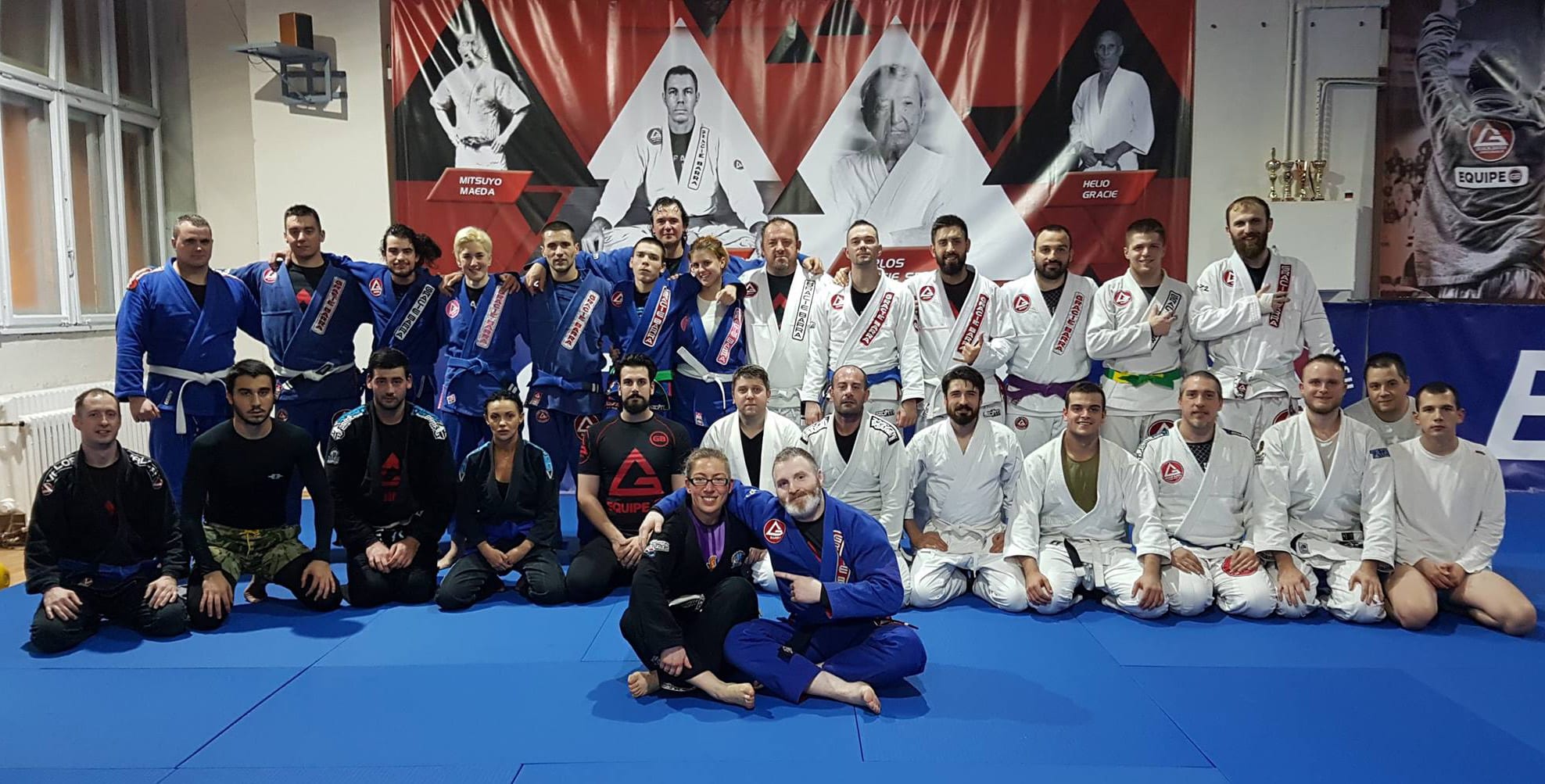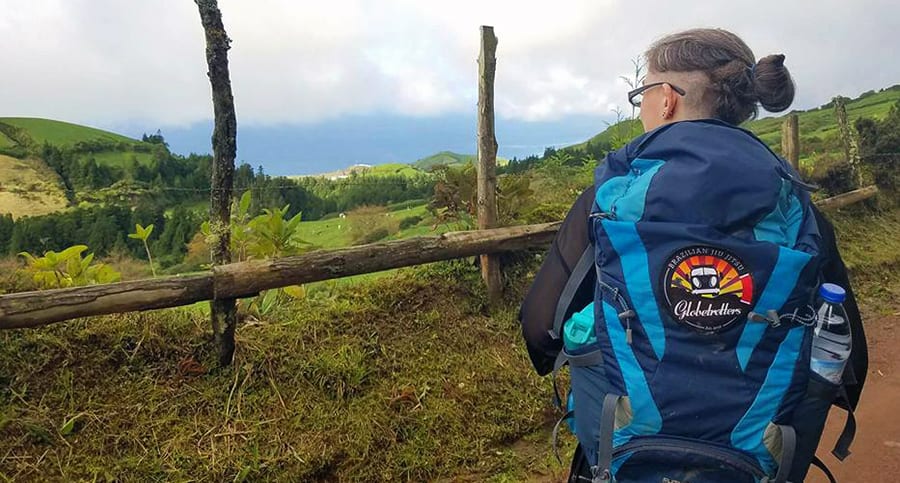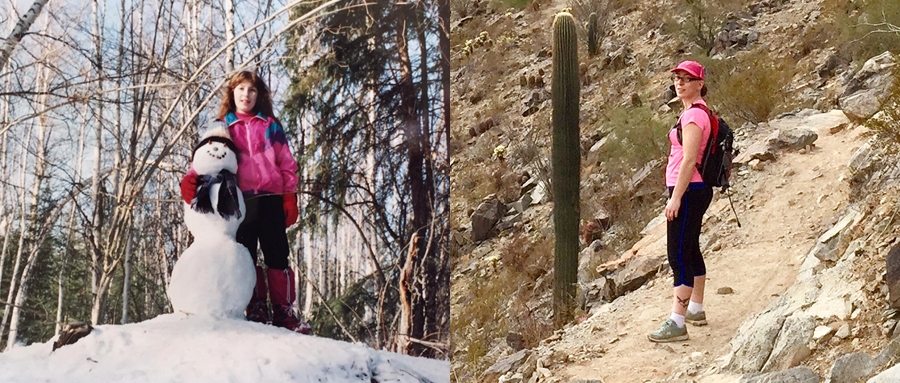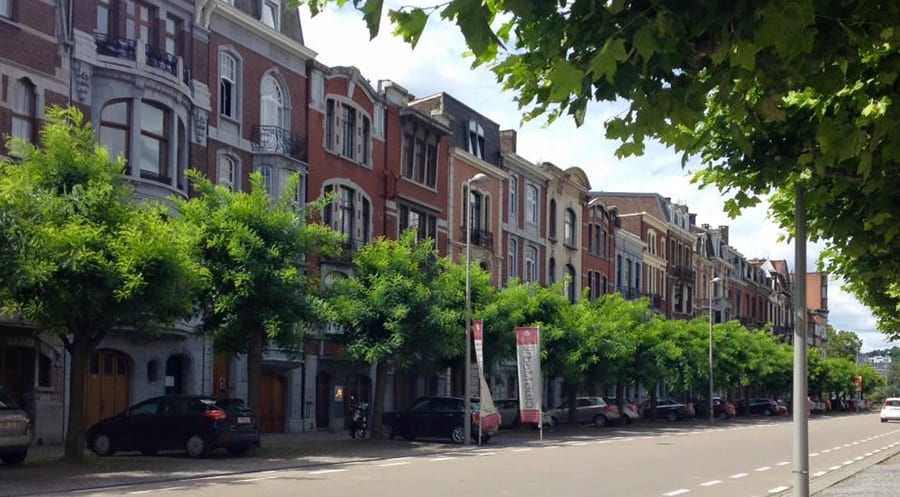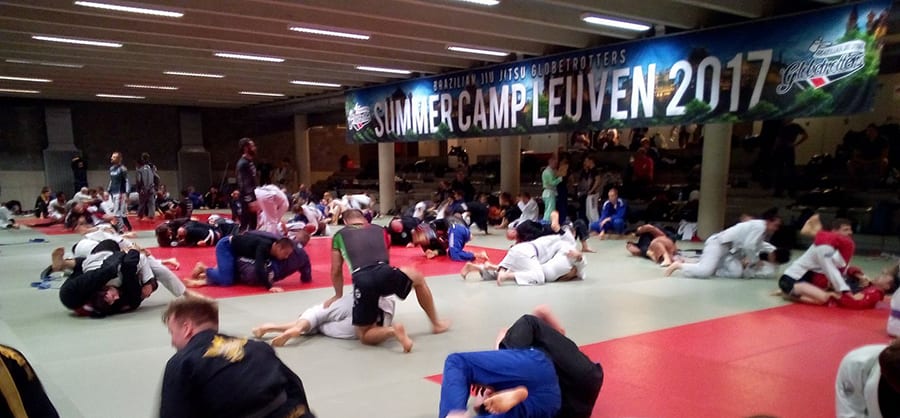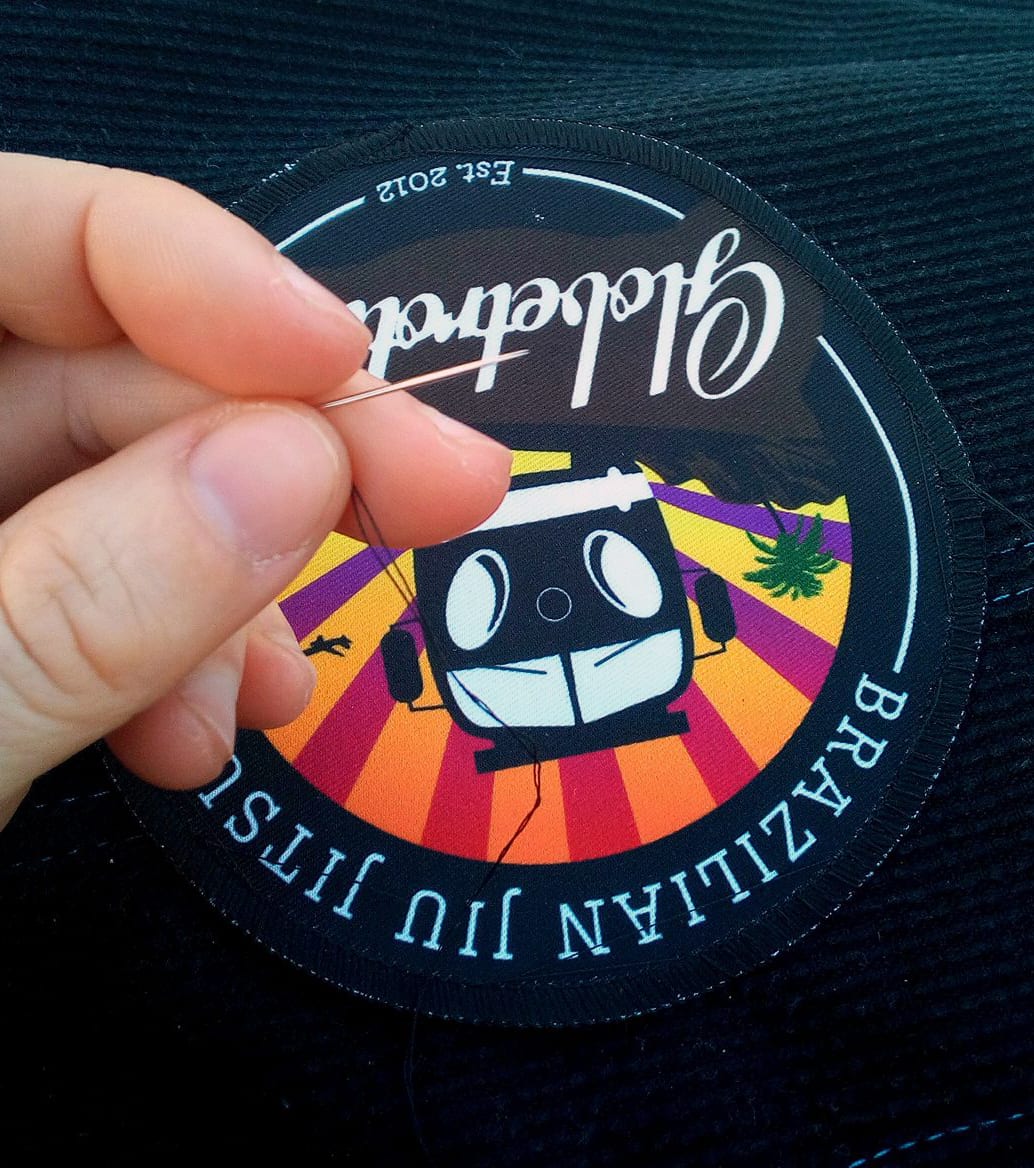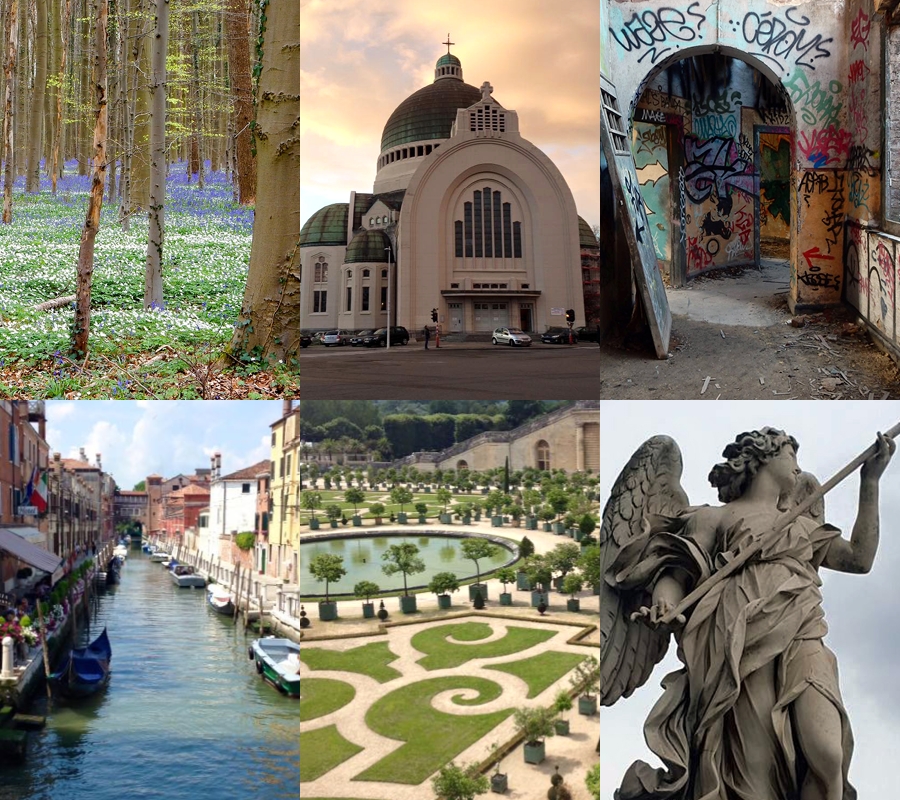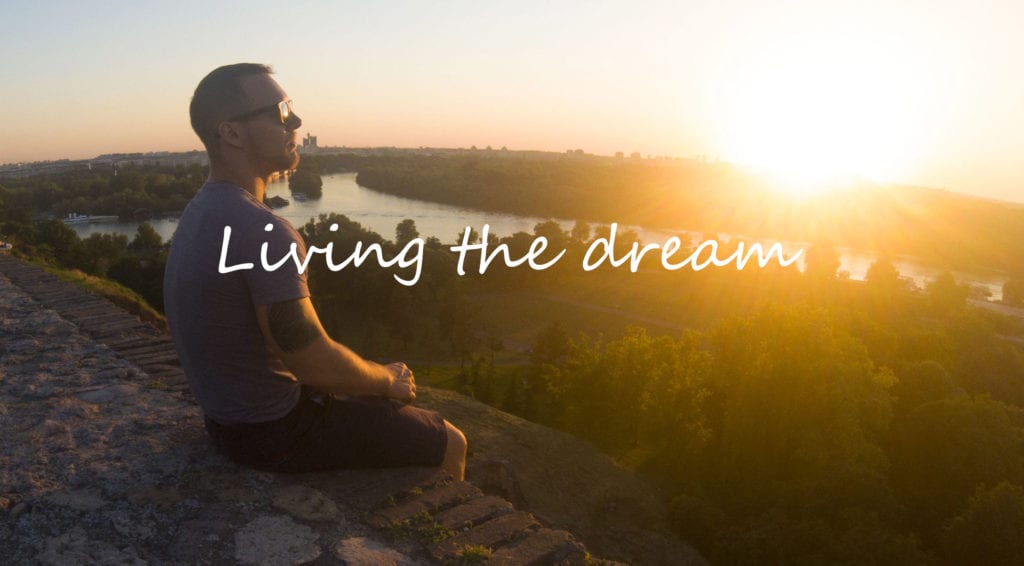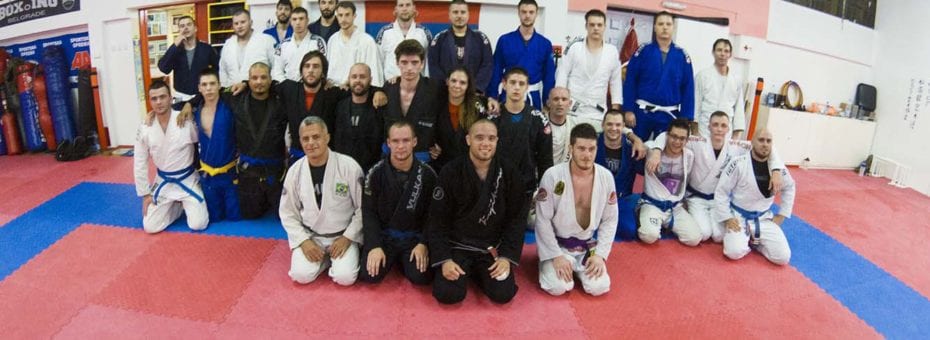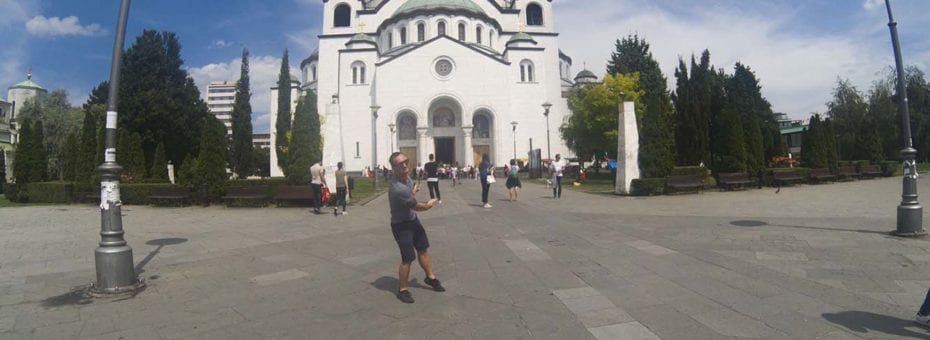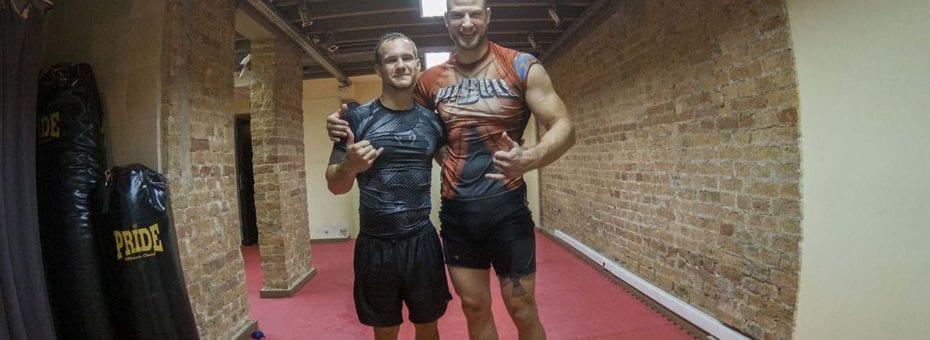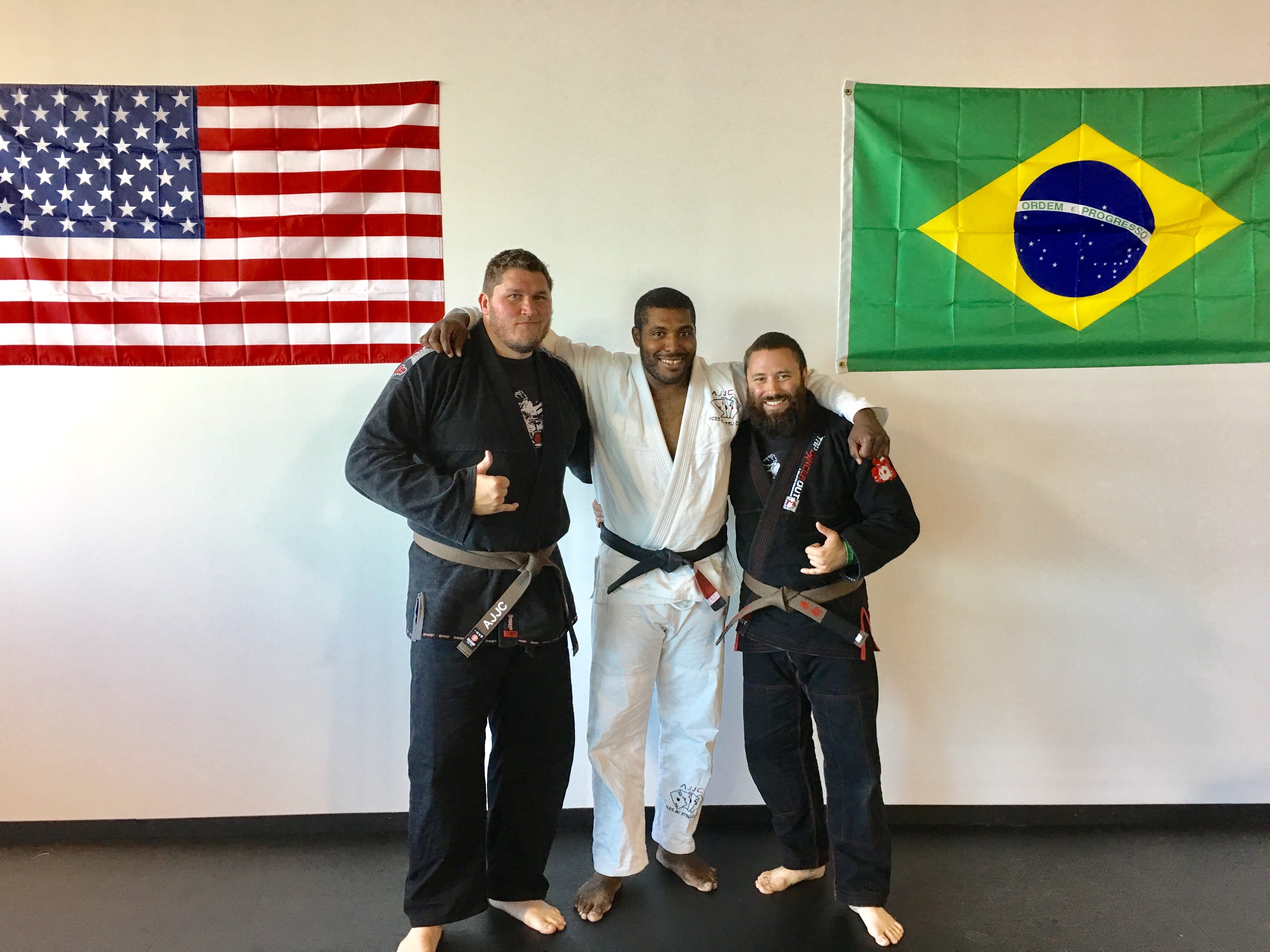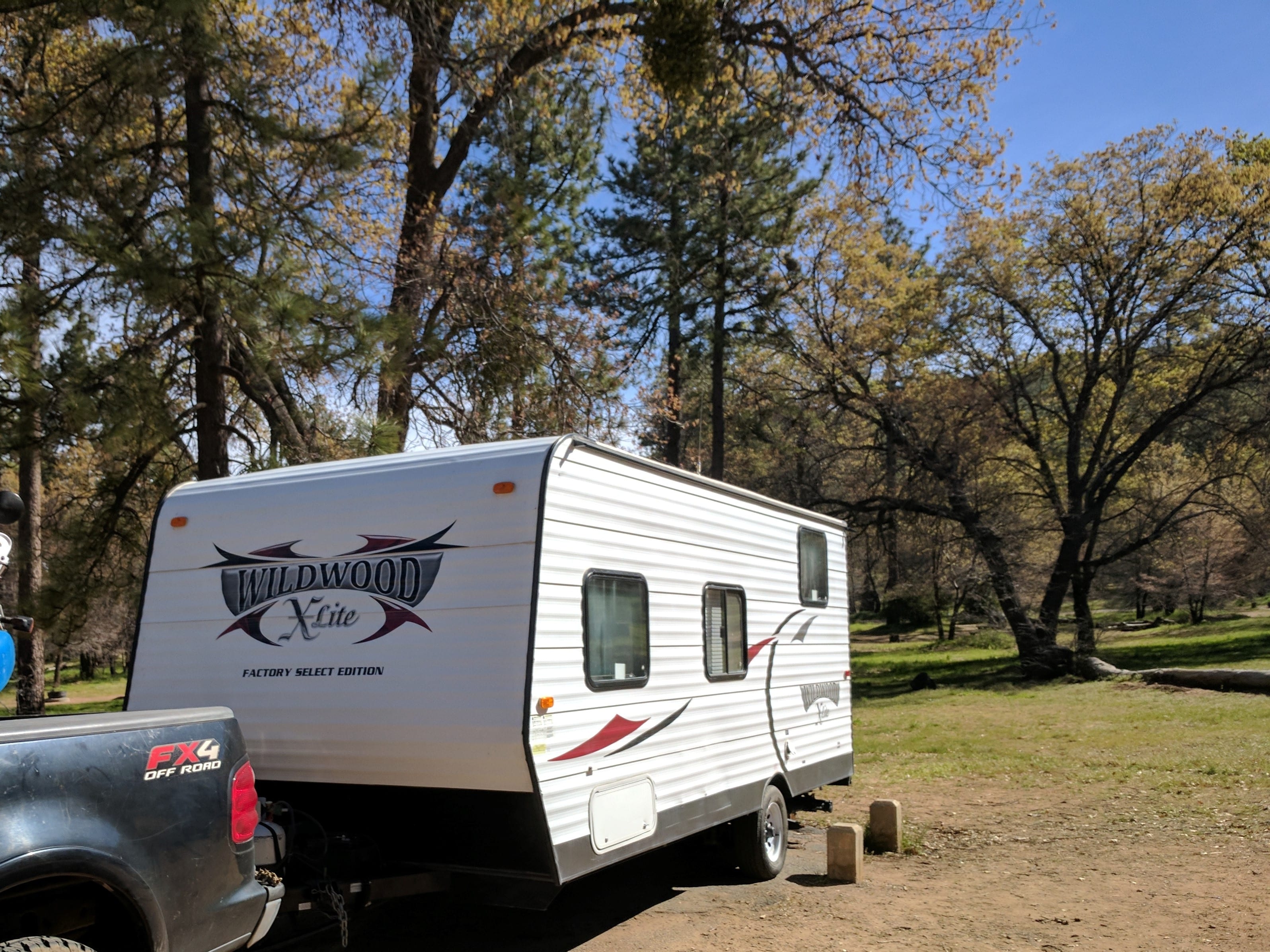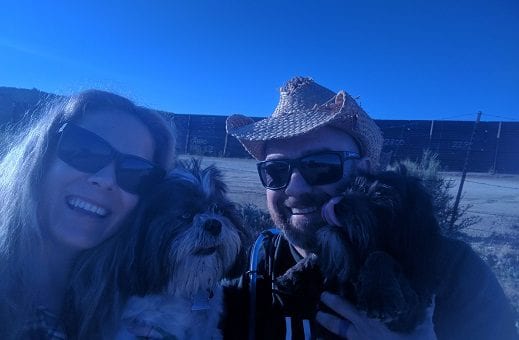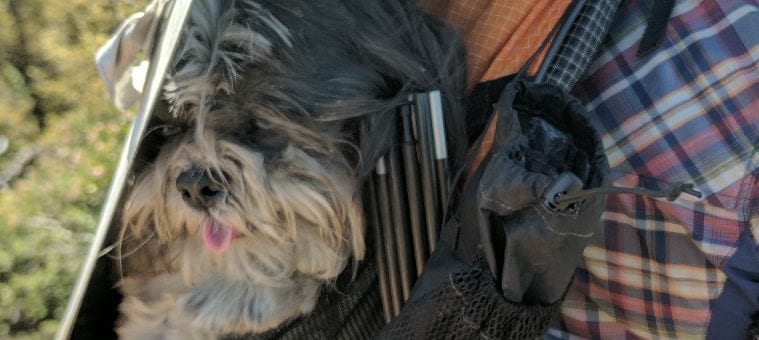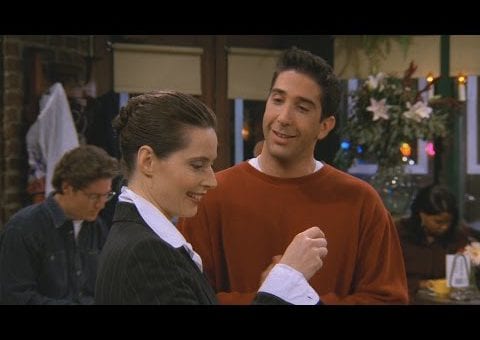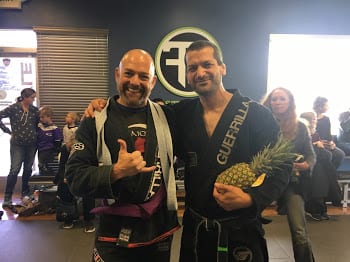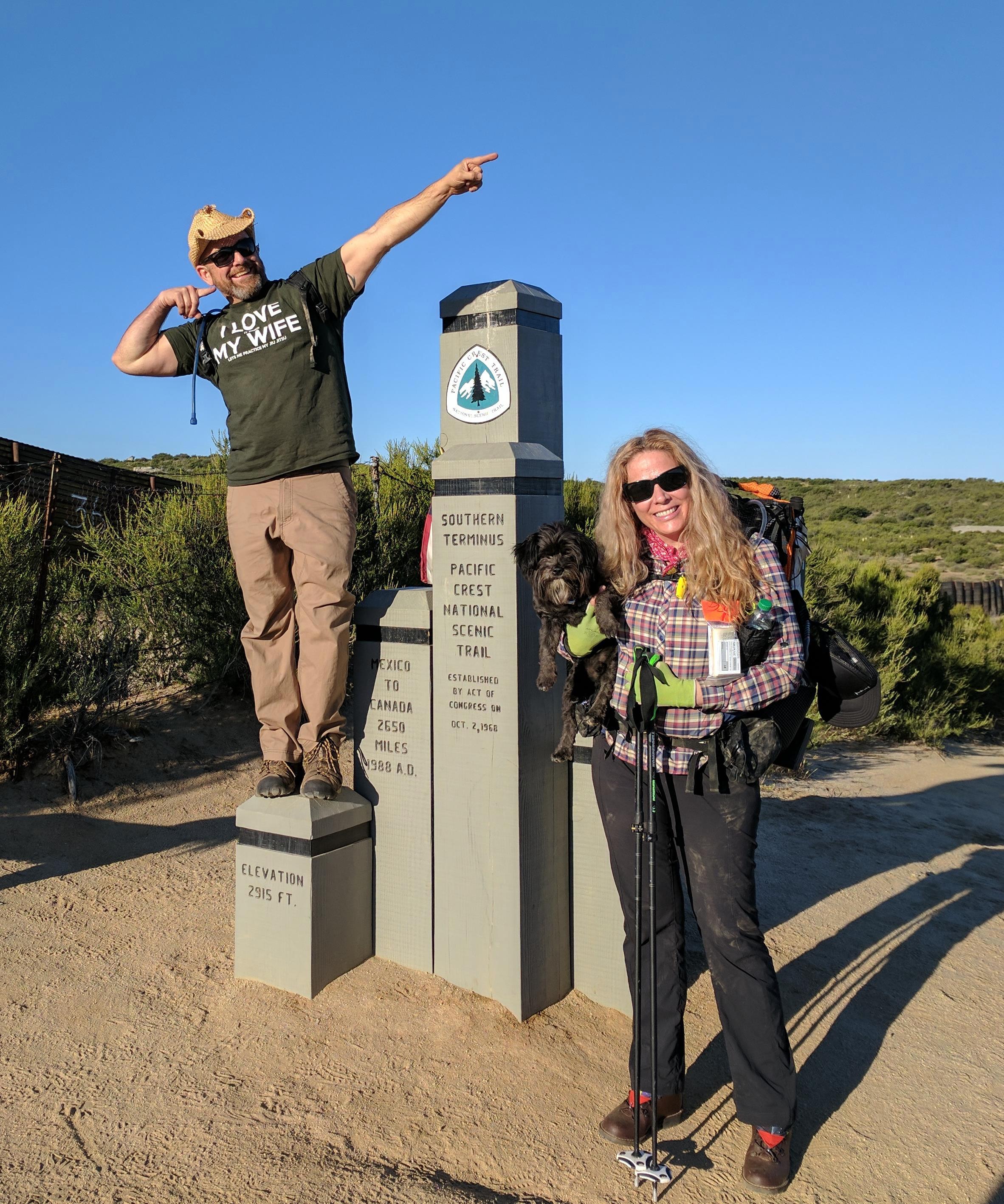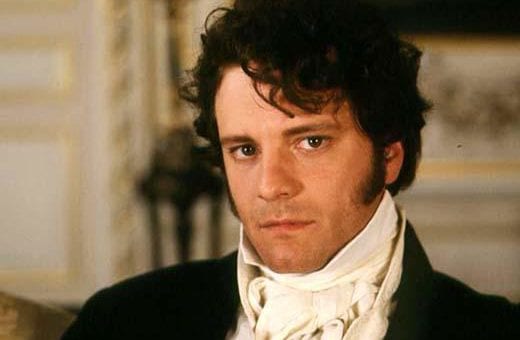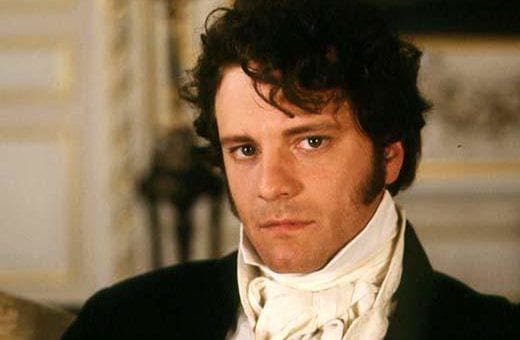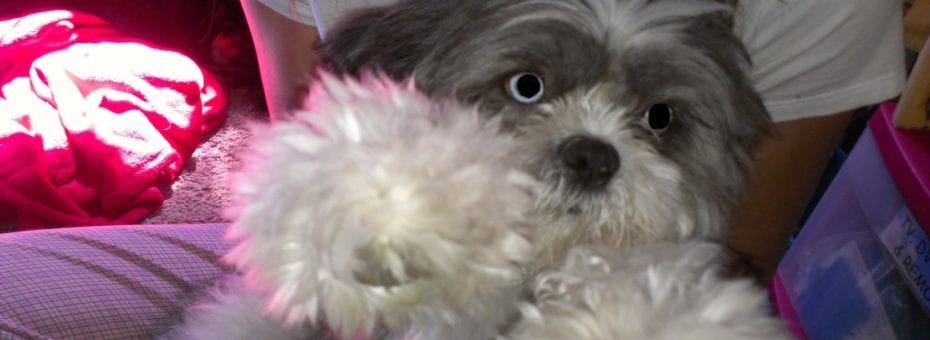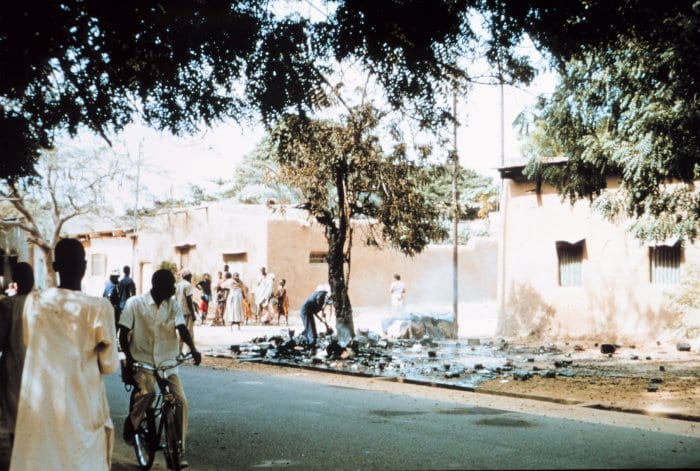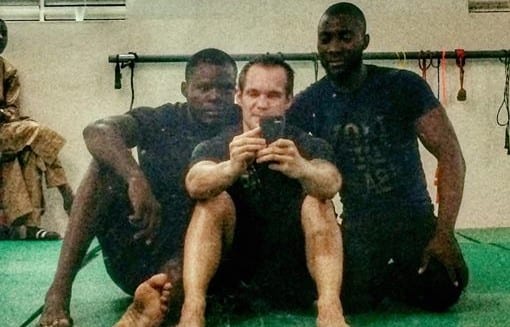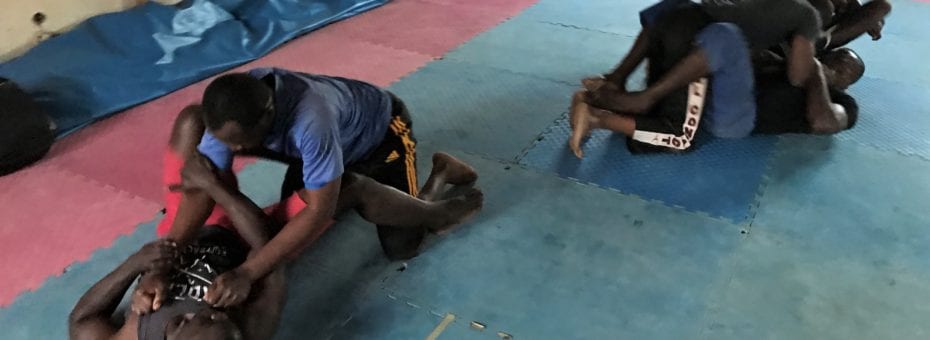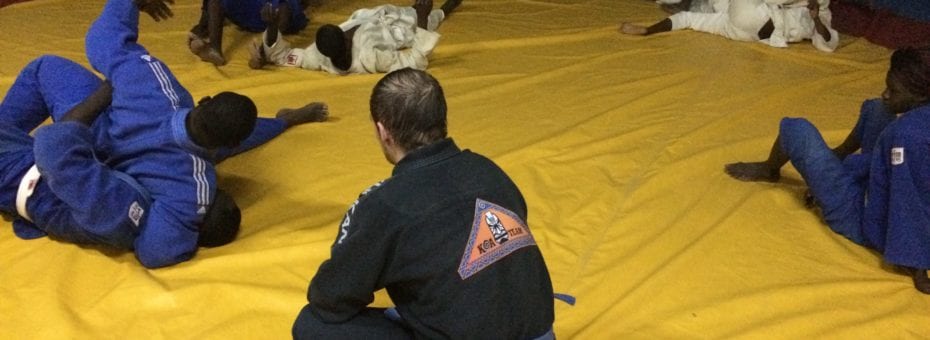Rolls in the American Desert
Reasons to go to Phoenix: Sunny blue skies all year round, very mild winters, great hiking, unique desert environment, great Mexican food, many BJJ gyms
Intermission!
I took a little break from traveling from mid-Dec to mid-Feb to visit my parents in Phoenix (Arizona, USA) over the holidays. The majority of this break was spent catching up with family and friends, hiking, wrapping up some loose ends, preparing for the next big trip and of course… training!
Having spent about 16 years living in Phoenix, it’s already a very familiar city. Except for the first couple days of very mild reverse-culture-shock, it really didn’t take long to feel like an Arizona/USA local again. I won’t go into huge detail describing Phoenix, as I’ve only ever experienced it as a resident rather than a foreigner. The things that might seem exceptional for someone from a different state/country just seem normal to me. Nevertheless, here’s some general background information and highlights worth knowing.
Phoenix
Phoenix is a MASSIVE metropolitan area, actually now the 5th largest in the USA! It’s a sprawling city, build out rather than up due to abundance of land, and still constantly growing. Its mild winters and relatively low cost of living (compared to California) make it an attractive location to settle for a lot of people from other states.
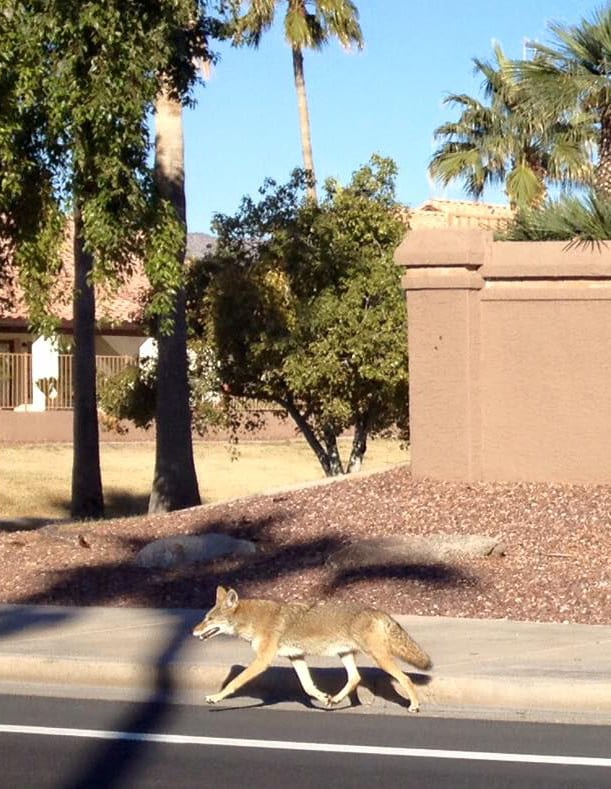 Phoenix is a desert city. It’s extremely dry all year round, with cloudless pure blue skies most days and periodic violent rainstorm in the summer. In the hottest summer months, temperatures easily top 110°F (44°C) many days in a row. Stepping outside literally feels like opening the door to an oven. Even in the shade and even at night, it’s unbearable. Fortunately, many homes and apartment complexes have outdoor pools, though in the summer even these are too hot to truly be refreshing. The “winter” is great though – still warm enough to wear tank tops and shorts most days, with just a week or two that’s truly cold enough to warrant more than a light sweater.
Phoenix is a desert city. It’s extremely dry all year round, with cloudless pure blue skies most days and periodic violent rainstorm in the summer. In the hottest summer months, temperatures easily top 110°F (44°C) many days in a row. Stepping outside literally feels like opening the door to an oven. Even in the shade and even at night, it’s unbearable. Fortunately, many homes and apartment complexes have outdoor pools, though in the summer even these are too hot to truly be refreshing. The “winter” is great though – still warm enough to wear tank tops and shorts most days, with just a week or two that’s truly cold enough to warrant more than a light sweater.
When people say Phoenix, they’re generally loosely referring to the metropolitan area including a bunch of smaller cities/suburbs which surround the actual city of Phoenix. These smaller cities run into one another with no clear boundaries distinguishing where one ends and the other begins. Some parts of town are extremely wealthy and beautiful, with massive multi million dollar homes and super classy restaurants. Other areas I’d be afraid to walk through alone after dark. The majority of Phoenix is made up of fairly unremarkable urban area and suburbs though.
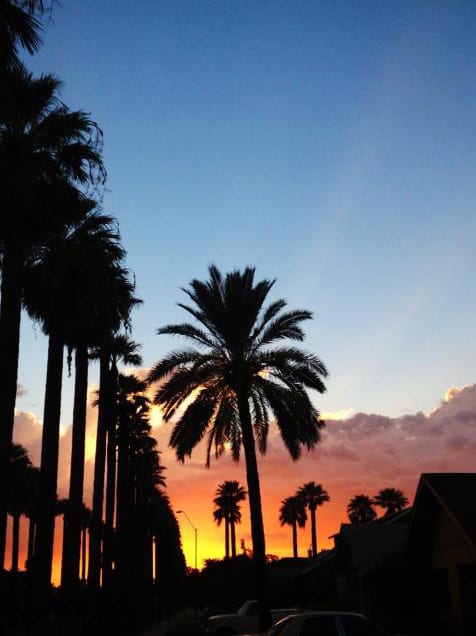 The two most interesting areas of the Phoenix Metropolis are downtown Phoenix and Tempe. Both have a fairly pedestrian-friendly center with lots of great restaurants and cafes. Tempe has a university town vibe with all the college students that attend Arizona State University in the area. Downtown Phoenix has a hipster vibe, with lots of craft beer places, live music, and bright artwork on some of the buildings.
The two most interesting areas of the Phoenix Metropolis are downtown Phoenix and Tempe. Both have a fairly pedestrian-friendly center with lots of great restaurants and cafes. Tempe has a university town vibe with all the college students that attend Arizona State University in the area. Downtown Phoenix has a hipster vibe, with lots of craft beer places, live music, and bright artwork on some of the buildings.
Public transportation is Phoenix is bad. I have the huge advantage of borrowing my parents’ car every time I come to visit but in all honesty, it would be very difficult to move about the city without your own vehicle, unless you’re able to stay within one of the smaller more pedestrian-friendly areas, such as near the main campus of Arizona State University, or downtown Phoenix.
Phoenix does have a light-rail, but it only really runs along a couple routes between Tempe and city center. Which is great if you happen to be going that way, but otherwise not particularly useful. There is a bus system, but the stops aren’t abundant enough to make it a practical option for everyday transportation for most people.
Navigation in Phoenix is incredibly easy. Due to the grid-like layout of most of the city, it’s almost impossible to get lost. Rush hour traffic is pretty bad though, and easily quadruples the time it should take to get anywhere for a couple hours in the morning and evening when people commute to/from work.
Dust Storms
One interesting natural phenomenon of Phoenix are massive dust storms which happen once in a while in summer. These appear in the distance as a massive churning wall of dust many stories high coming slowly towards you. Once inside, strong winds blow sand so dense it dims the light from the sun. Sand gets in your eyes, hair, and mouth, making your skin feel gritty. Fortunately, these don’t last more than an hour or so. They’re also usually mostly harmless, though the strong winds sometimes break trees and branches. For this reason, it’s best to just go inside and wait it out.
Wildlife
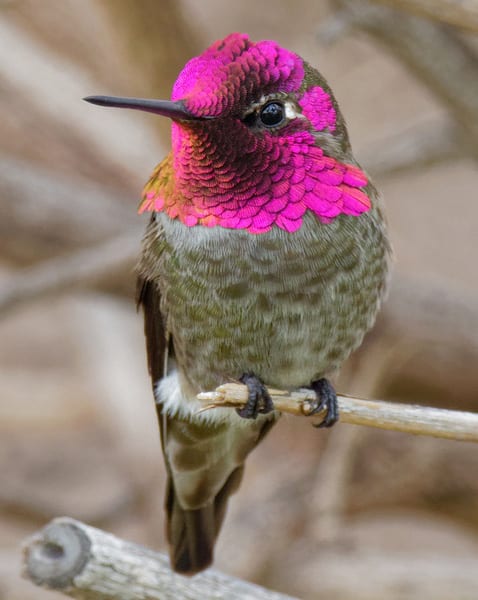 Some of the wildlife you’ll see easily (even in the city) includes geckos, other lizards, hummingbirds, cockroaches, and scorpions. Some of the wildlife you’ll see less regularly includes coyotes, snakes, Gila monsters (google this), and deer (up north). There are also wild javelinas (which look like small boars) which sometimes even venture into the neighborhoods on the outskirts of the city, but I’ve never actually seen one.
Some of the wildlife you’ll see easily (even in the city) includes geckos, other lizards, hummingbirds, cockroaches, and scorpions. Some of the wildlife you’ll see less regularly includes coyotes, snakes, Gila monsters (google this), and deer (up north). There are also wild javelinas (which look like small boars) which sometimes even venture into the neighborhoods on the outskirts of the city, but I’ve never actually seen one.
South Mountain Hiking
Towards the southwest side of Phoenix is South Mountain, one of the biggest urban parks in all the US! It’s basically a 17 mile long oval of hilly desert land crisscrossed by tons of hiking trails, and is one of my favorite places in Phoenix. The desert can be quite beautiful, especially after the rain, and it’s really nice to have such a huge natural area to jog/hike so close to the city! It’s a great place for mountain biking too, if you’re into that.
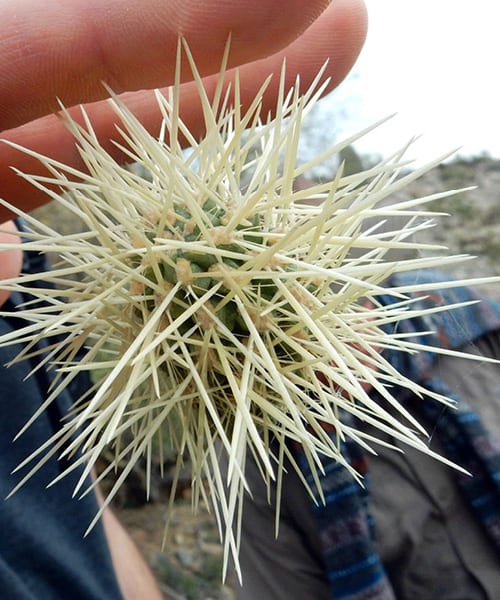 If you’re not accustomed to hiking in the heat, take great care to bring adequate sun protection and water when going out, especially in any season except “winter”. It’s easy to get dehydrated or have heat stroke if you’re not accustomed to this environment. Every year at least a handful of people (mostly unprepared tourists) have to be emergency rescued from the hills for underestimating how intense the heat and dry climate actually is. Don’t become one of them!
If you’re not accustomed to hiking in the heat, take great care to bring adequate sun protection and water when going out, especially in any season except “winter”. It’s easy to get dehydrated or have heat stroke if you’re not accustomed to this environment. Every year at least a handful of people (mostly unprepared tourists) have to be emergency rescued from the hills for underestimating how intense the heat and dry climate actually is. Don’t become one of them!
Also, watch out for the cacti. Most are fairly harmless (well, except for being covered in spikes) but some (like the jumping cholla) have spines with tiny backwards facing hooks on the tips that will dig themselves into your skin and hurt like hell to remove.
Arizona
Arizona overall is hiker’s paradise. There’s a million really nice hiking trails all throughout the state. While the area around Phoenix is mostly flat desert (complete with giant saguaro cacti!), the state actually has a big variety of climates and ecosystems, with actual forests with trees when you get into the mountains to the Northern and Southern parts of the state. Mild winters make many of the trails accessible throughout most of the year. The Grand Canyon is about a 4.5 hour drive North of Phoenix, you can hike there as well.
Vegas
I took a two night mini trip to Vegas early February to visit a friend and of course, to train! By car, Vegas is about 4-5 hours drive from Phoenix. There’s nothing much to see along the way – mostly just wide open desert, with some more interesting rocky hills near the Hoover Dam area.
I won’t talk much about the city of Vegas, since I feel that’s been covered extensively by others already. I will say, most of Vegas is actually just a fairly normal city, not so different from Phoenix. The strip area full of bars, swanky hotels and casinos which the city gets its party reputation from is actually just a fairly small area near the city center.
While in Vegas, I did have the opportunity to train at two gyms, Gracie Humaita West Craig and Odin’s Halls. Both were very friendly and welcoming, I had some really nice rolls with students of each!
Odin’s Halls (Vegas)
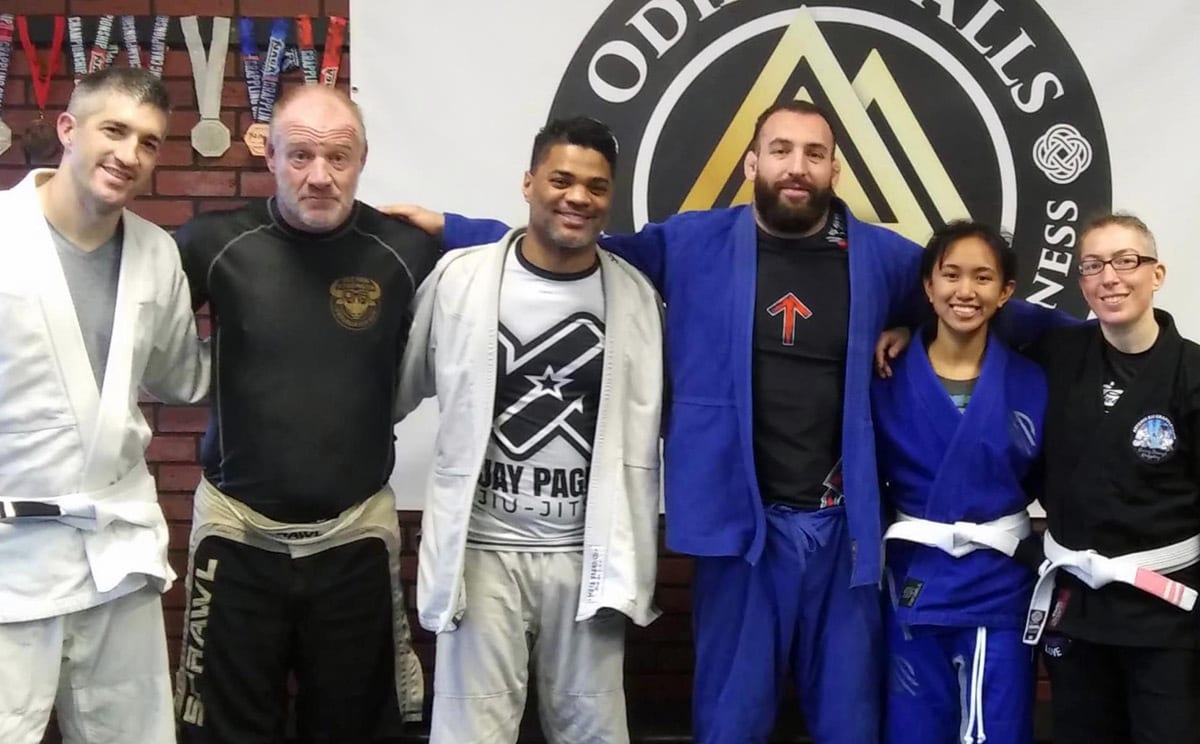 Odin’s Halls (owned by instructor Steve Feeka) opened in October 2018 and became a part of the BJJ Globetrotter community in February 2019! Despite being such a new gym, at the time I attended it already had very solid group of regular students, which I attribute largely to Steve’s very welcoming personality and enthusiasm for the sport. It’s a very family-friendly gym, including many classes for kids of all ages. One unique thing – there’s a midnight class every Wednesday night! I was there on a weekend so unfortunately didn’t get the chance to attend that one. As of this writing, Odin’s Halls is actually Vegas’s first and only Globetrotter Affiliated gym!
Odin’s Halls (owned by instructor Steve Feeka) opened in October 2018 and became a part of the BJJ Globetrotter community in February 2019! Despite being such a new gym, at the time I attended it already had very solid group of regular students, which I attribute largely to Steve’s very welcoming personality and enthusiasm for the sport. It’s a very family-friendly gym, including many classes for kids of all ages. One unique thing – there’s a midnight class every Wednesday night! I was there on a weekend so unfortunately didn’t get the chance to attend that one. As of this writing, Odin’s Halls is actually Vegas’s first and only Globetrotter Affiliated gym!
Jay Pages BJJ (Phoenix)
Jay Pages BJJ is my “home gym” whenever I return to Phoenix, and is also a BJJ Globetrotters affiliated gym! I really cannot say enough good things about my experience training here. Jay Pages’ gym embodies all the things I love most about training and BJJ: high level of technical skill and physical training + passionate instructors committed to their student’s success + a fun and very inclusive environment. Training here one of the things I look forward to most every time I return to Phoenix.
Jay and Lisa (owners and head instructors) are exceptionally welcoming, and go above and beyond as instructors – always approachable and available to answer questions. They’re a very active part of the BJJ community in Phoenix, hosting and participating in competitions regularly. Lisa additionally teaches woman-only classes a couple days a week, Jay participates and teaches at some of the BJJ Globetrotters camps. Weekends are Open Mat, students come from many of the neighboring gyms to participate and everyone is welcome for rolls there regardless of affiliation.
The gym itself is one of the nicest I’ve ever seen: HUGE well-lit mat space in the main room, with weight lifting equipment to the side, and an entire additional smaller mat space in a separate room.
It was a pleasure to train here during my two months in Phoenix. Giant thanks goes out to Lisa and Jay for creating this amazing community, and to everyone at the gym who welcomed me to be a part of it! I’m very grateful to have had the opportunity to train here, had a awesome time, and learned a lot!
Other Phoenix Area Training
Paul Nava Ares BJJ
Stopped by here on one of their Open Mat days, got some nice rolls in!
Spartan Academy (Tempe, Arizona)
This was actually a wrestling class, but I figured that was close enough to count it on my travels/training list.
Verde Valley BJJ
I found this one on the BJJ Globetrotters affiliated academies list, and drove up one morning (about 2 hours north of where I stay in Phoenix) to check out their Open Mat. Honesty, I was more than a little surprised Cottenwood even had a BJJ gym since it’s a super tiny town, and wasn’t really sure what to expect here. But, turned out to be a great Open Mat day with some really chill people!
Black Flag BJJ
Another Globetrotter affiliated gym! I didn’t actually train here on this trip (since it’s quite far from where I stay), but had such a great experience training here the year before that I felt like I needed to mention it. If you’re in their part of town – great instructor, great place to train!
Next Adventure!
I left Phoenix feeling incredibly excited for the upcoming trip… and also more than a little nervous. My next destination was Thailand, and would be the first time I’d been to any Asian country! I’d become pretty comfortable with traveling Europe at this point but booking a flight to Thailand felt like a GIANT step out of my comfort zone into something vastly more different than anything I’d previously experienced.
The Plan
I booked flight and accommodations for the next two months: one week in Phuket (Thailand), three weeks in Bangkok (Thailand), then one month in Hanoi (Vietnam). I also booked tickets for BJJ Globetrotter’s Heidelberg Summer Camp.
My plan is to stay in South East Asia until Camp, staying about a month in every location… but I haven’t decided where I’ll go after Hanoi yet, from mid-April through mid-July.
A year ago, the thought of having no concrete plan and no idea where I was going to live in two months would have probably terrified me, but now – I’m just not too worried about it. So crazy how much things can change in just 1/2 year!

